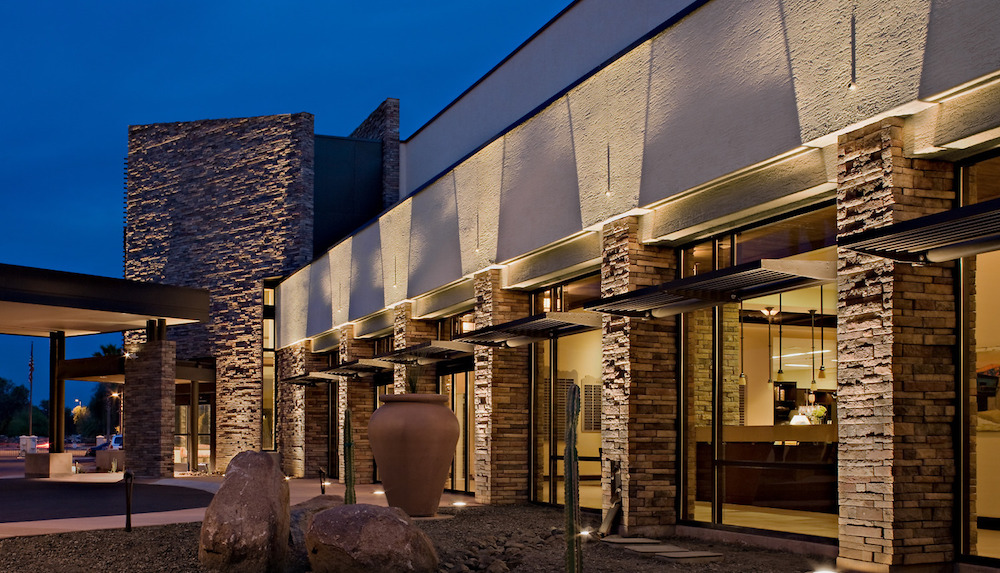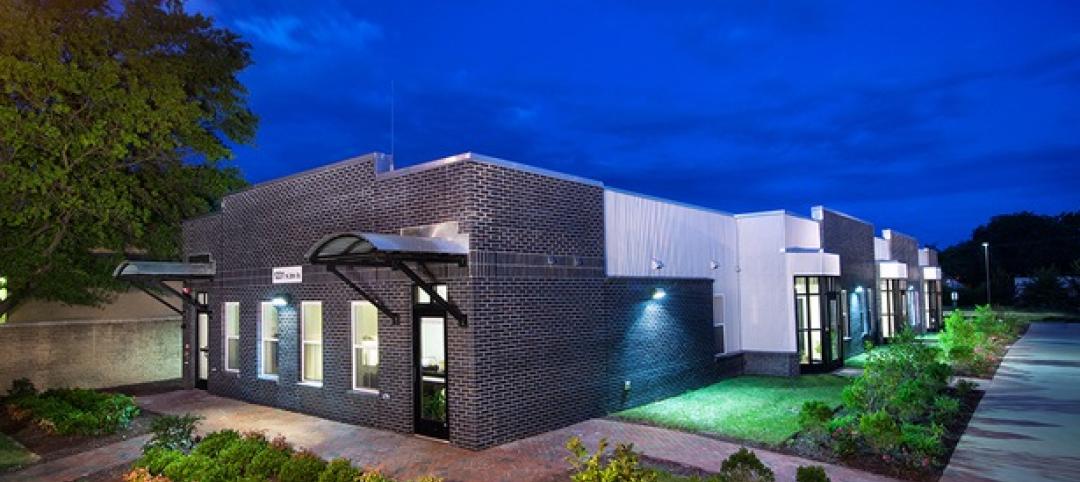International design and architecture firm Perkins Eastman announced the publication of its latest white paper, “Biophilic Design: An Alternative Perspective for Sustainable Design in Senior Living,” co-authored by Associate Hillary DeGroff, IIDA, LEED AP ID+C, and Architect McCall Wood.
The white paper examines biophilic design, studies the ways by which it lends focus to the topic of sustainability, and revisits the firm’s most successful projects to promote an understanding of the potential benefits of applying BD principles in senior living environments. The white paper is available for free download.
“Biophilic design is a focused area of research that brings people to the center of the sustainability discussion,” notes DeGroff and McCall. “It attempts to scientifically understand how people interact with their environment and, consequently, how their environment can be designed to better support them.”
While this idea has existed for nearly three decades, its use within the field of architecture has not been common practice until now. Establishing BD as a guiding principle throughout the design process, especially as it concerns senior living environments, is to recognize the imperative role the built environment plays in resident health, well-being, and quality of life.
According to the authors, “As designers, we can better understand how our environments impact us psychologically and physiologically to create architecture that promotes positive and transformative interactions. This white paper presents knowledge of how the brain and body respond to their environment and how the application of this knowledge helps demonstrate a commitment to sustainability.”
Among the spotlight projects used as case studies for this white paper are Camphill Ghent, Chatham, N.Y.; Moorings Park, Naples, Fla.; NewBridge on the Charles, Dedham, Mass.; North Chicago VA Community Living Centers, Chicago; Rockwood Retirement Community, Spokane, Wash.; Saint John’s on the Lake, Milwaukee; Sun City Park, Yokohama, Japan; and Westminster Village, Scottsdale, Ariz.
The white paper was produced and edited under Perkins Eastman’s Senior Living leadership team.
Related Stories
| Nov 25, 2013
Building Teams need to help owners avoid 'operational stray'
"Operational stray" occurs when a building’s MEP systems don’t work the way they should. Even the most well-designed and constructed building can stray from perfection—and that can cost the owner a ton in unnecessary utility costs. But help is on the way.
| Nov 19, 2013
Top 10 green building products for 2014
Assa Abloy's power-over-ethernet access-control locks and Schüco's retrofit façade system are among the products to make BuildingGreen Inc.'s annual Top-10 Green Building Products list.
| Nov 19, 2013
Net-zero senior housing project aimed at low-income residents in Virginia
A big driver to achieve net-zero was to offer affordable housing with reduced energy costs for low-income seniors.
| Nov 13, 2013
Installed capacity of geothermal heat pumps to grow by 150% by 2020, says study
The worldwide installed capacity of GHP systems will reach 127.4 gigawatts-thermal over the next seven years, growth of nearly 150%, according to a recent report from Navigant Research.
| Oct 30, 2013
11 hot BIM/VDC topics for 2013
If you like to geek out on building information modeling and virtual design and construction, you should enjoy this overview of the top BIM/VDC topics.
| Oct 28, 2013
Urban growth doesn’t have to destroy nature—it can work with it
Our collective desire to live in cities has never been stronger. According to the World Health Organization, 60% of the world’s population will live in a city by 2030. As urban populations swell, what people demand from their cities is evolving.
| Oct 18, 2013
Researchers discover tension-fusing properties of metal
When a group of MIT researchers recently discovered that stress can cause metal alloy to fuse rather than break apart, they assumed it must be a mistake. It wasn't. The surprising finding could lead to self-healing materials that repair early damage before it has a chance to spread.
| Sep 19, 2013
What we can learn from the world’s greenest buildings
Renowned green building author, Jerry Yudelson, offers five valuable lessons for designers, contractors, and building owners, based on a study of 55 high-performance projects from around the world.
| Sep 19, 2013
6 emerging energy-management glazing technologies
Phase-change materials, electrochromic glass, and building-integrated PVs are among the breakthrough glazing technologies that are taking energy performance to a new level.
| Sep 19, 2013
Roof renovation tips: Making the choice between overlayment and tear-off
When embarking upon a roofing renovation project, one of the first decisions for the Building Team is whether to tear off and replace the existing roof or to overlay the new roof right on top of the old one. Roofing experts offer guidance on making this assessment.

















